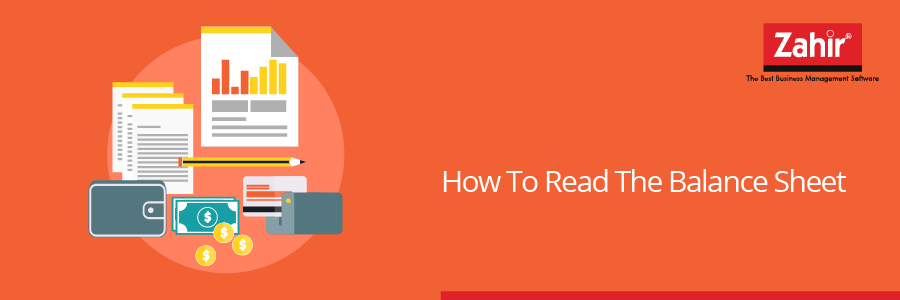
A balance sheet describes the company’s asset, liabilities, and owner’s equity. Along with the income and cash flow statements, the balance sheet is the base of company’s financial statement. The shareholder has to understand the balance sheet structure, read, and analyze it.
- Equation of balance sheet
The formula: Liabilities + shareholder’s equity = assets.
The asset or any means used to run the company are balanced by company’s financial obligation, together with the equity investment in the company and the retained earning.
- Know non-current assets
The life of current assets generally is one year or less, and easily converted into cash, such as account receivable and inventory. Account receivable includes the short-term obligation owed by the company. Most companies sell product or services on credit and these obligations are considered as the current asset. The client payment will cause the transaction from account receivable to cash.
3 Recognize the non-current assets
It is an asset that does not easily turn into cash and only turned into cash with a year or more. The tangible assets (machinery, buildings, and land) and intangible asset (patent or copyright) are considered to be a non-current asset. The calculation and deduction of depreciation mostly based on this asset.
4.Recognize the type of liabilities
Liabilities are the company financial obligation to other parties. There two types of liabilities, current, and long-term liability.Current liabilities is the company liabilities that must be paid in one year, such as account payable or short term loan. While long-term liabilities the debt and other non-debt financial obligation which is due at least one year from the balance sheet date.
5. Share holder’s equity
Means the money invested into the business. By the end of the fiscal year and the company decides to reinvest the net earning into the company, this retained earning will be transferred from the income statement on to the balance sheet in the account of shareholder equity.
- Ratio analysis
The financial ratio will show the owner the company’s financial condition including its operational efficiency. Some ratios may require the information from more than one financial statement, such as from the balance sheet and income statement.
Source: http://www.investopedia.com



